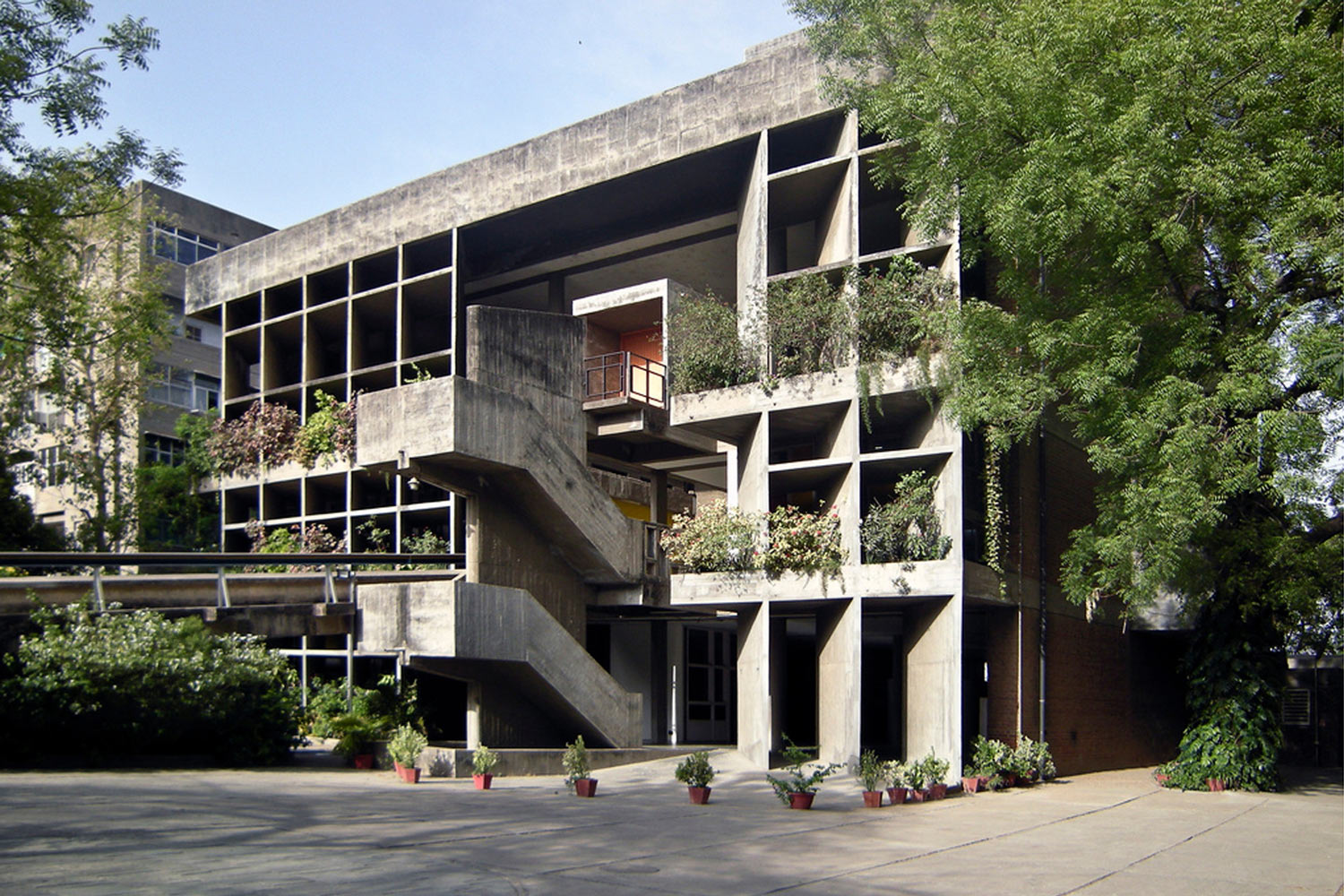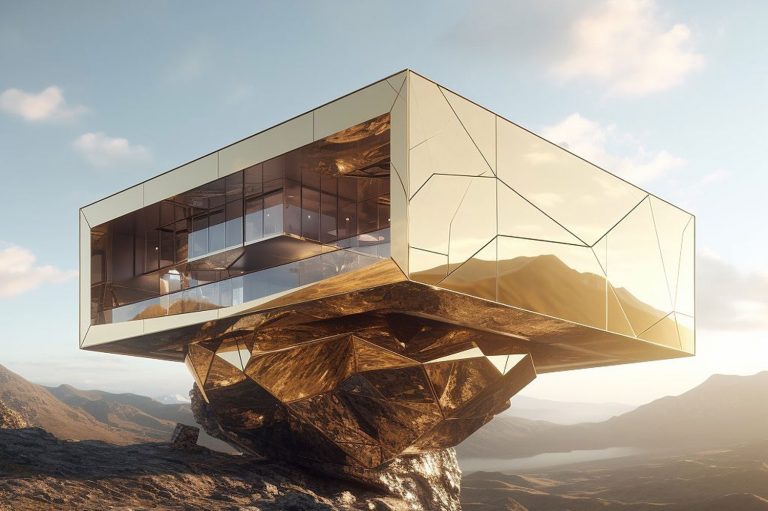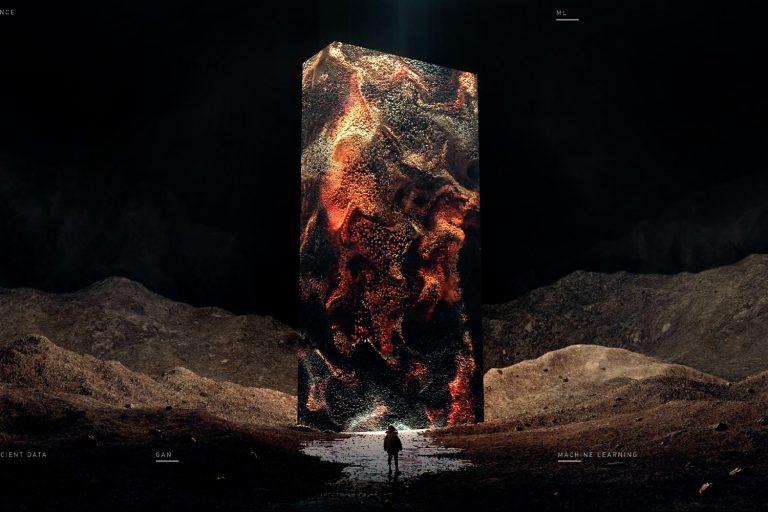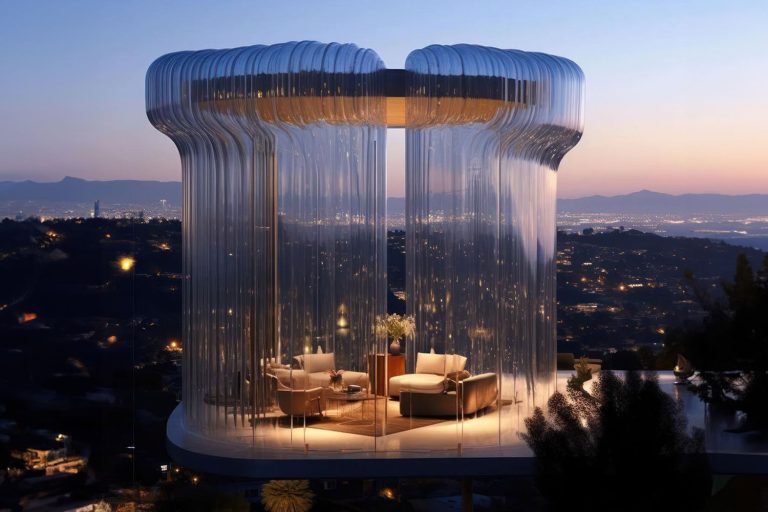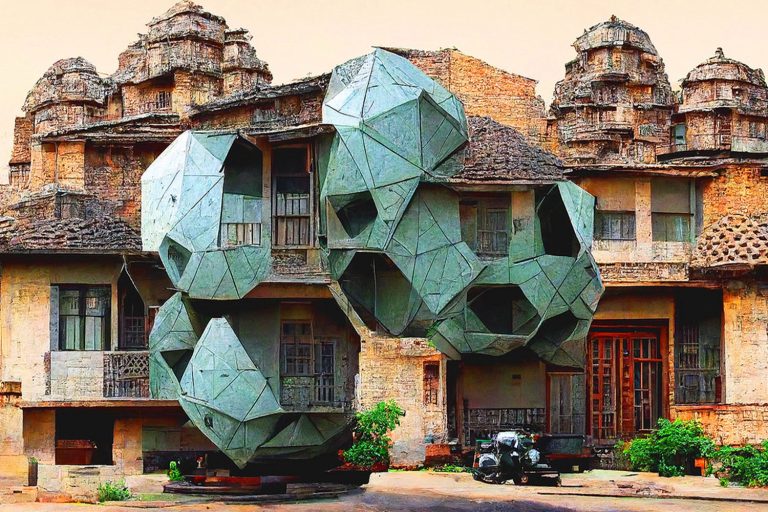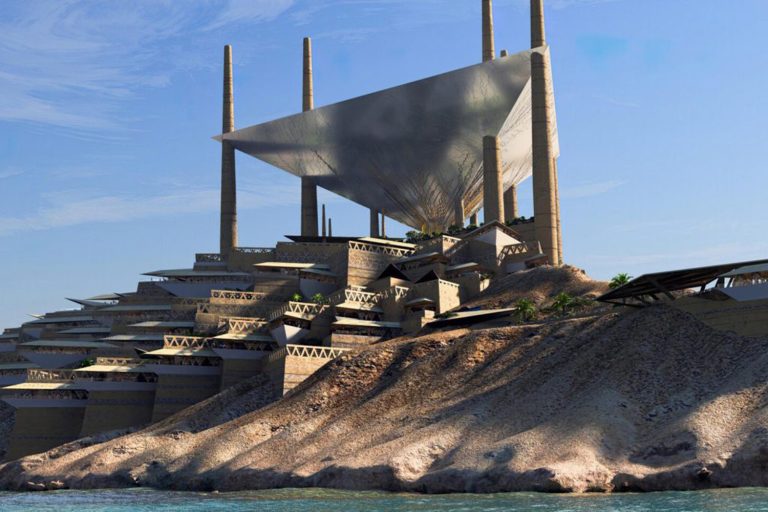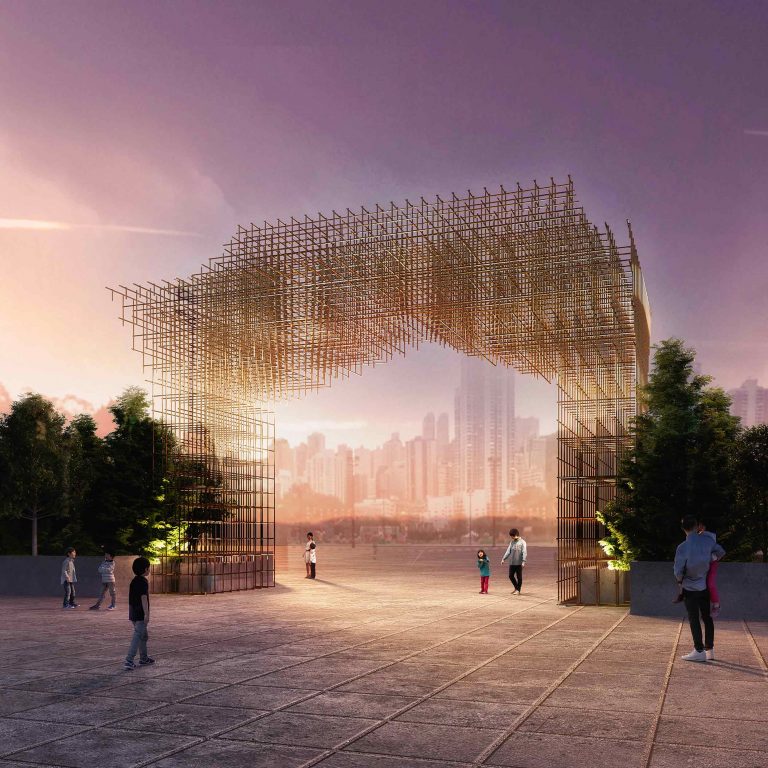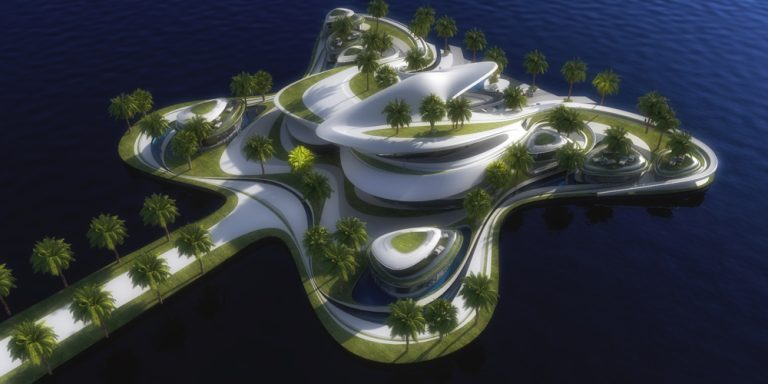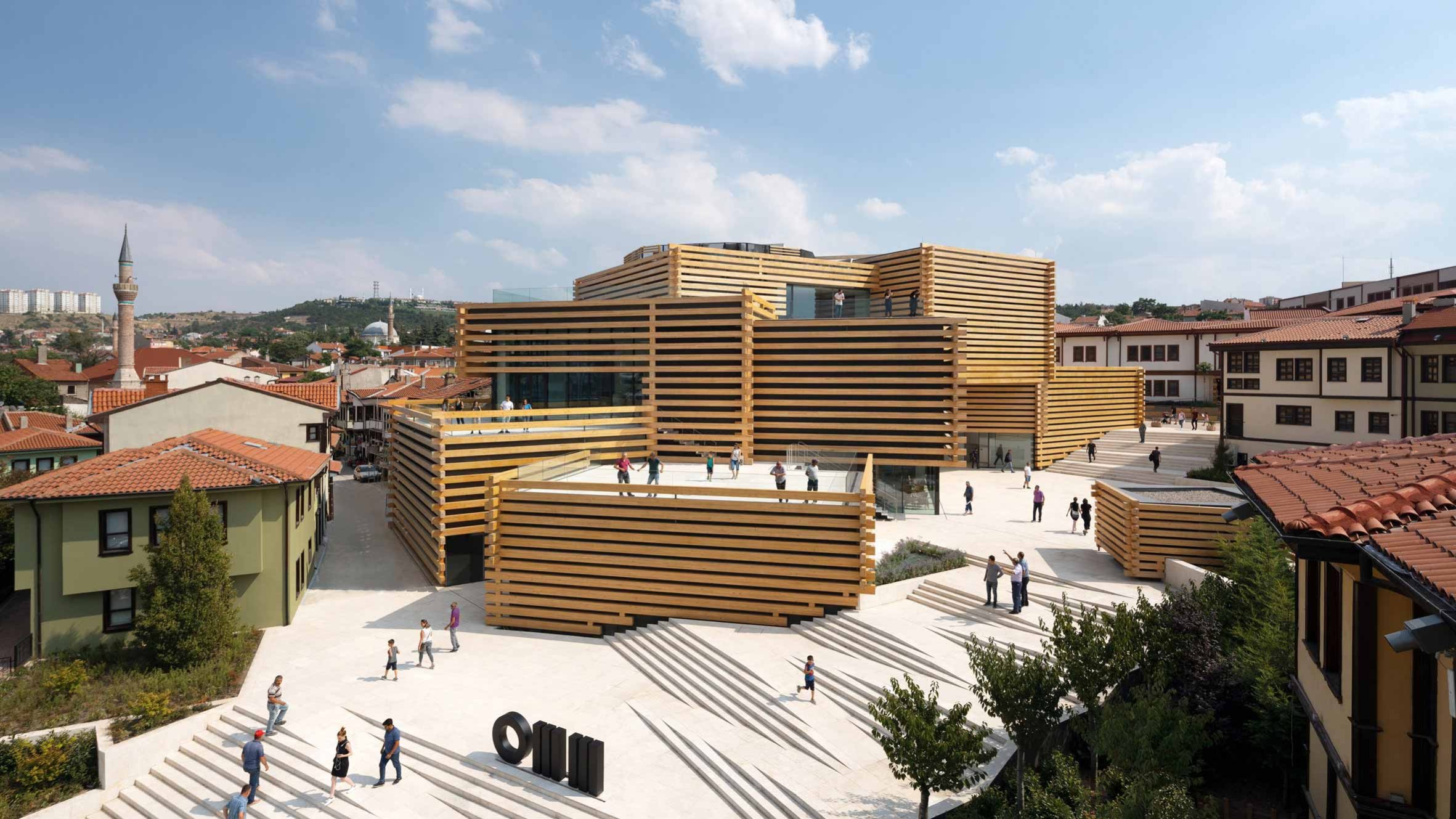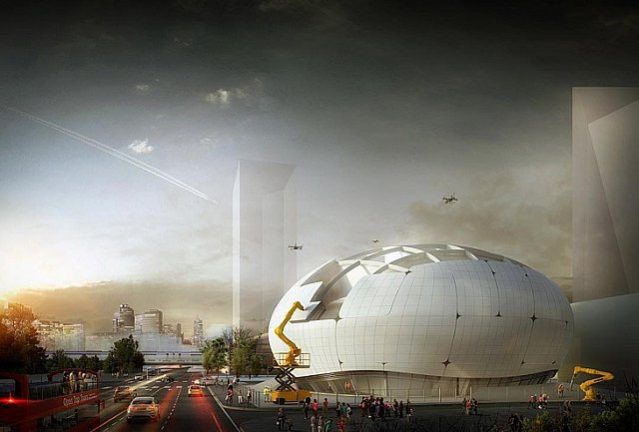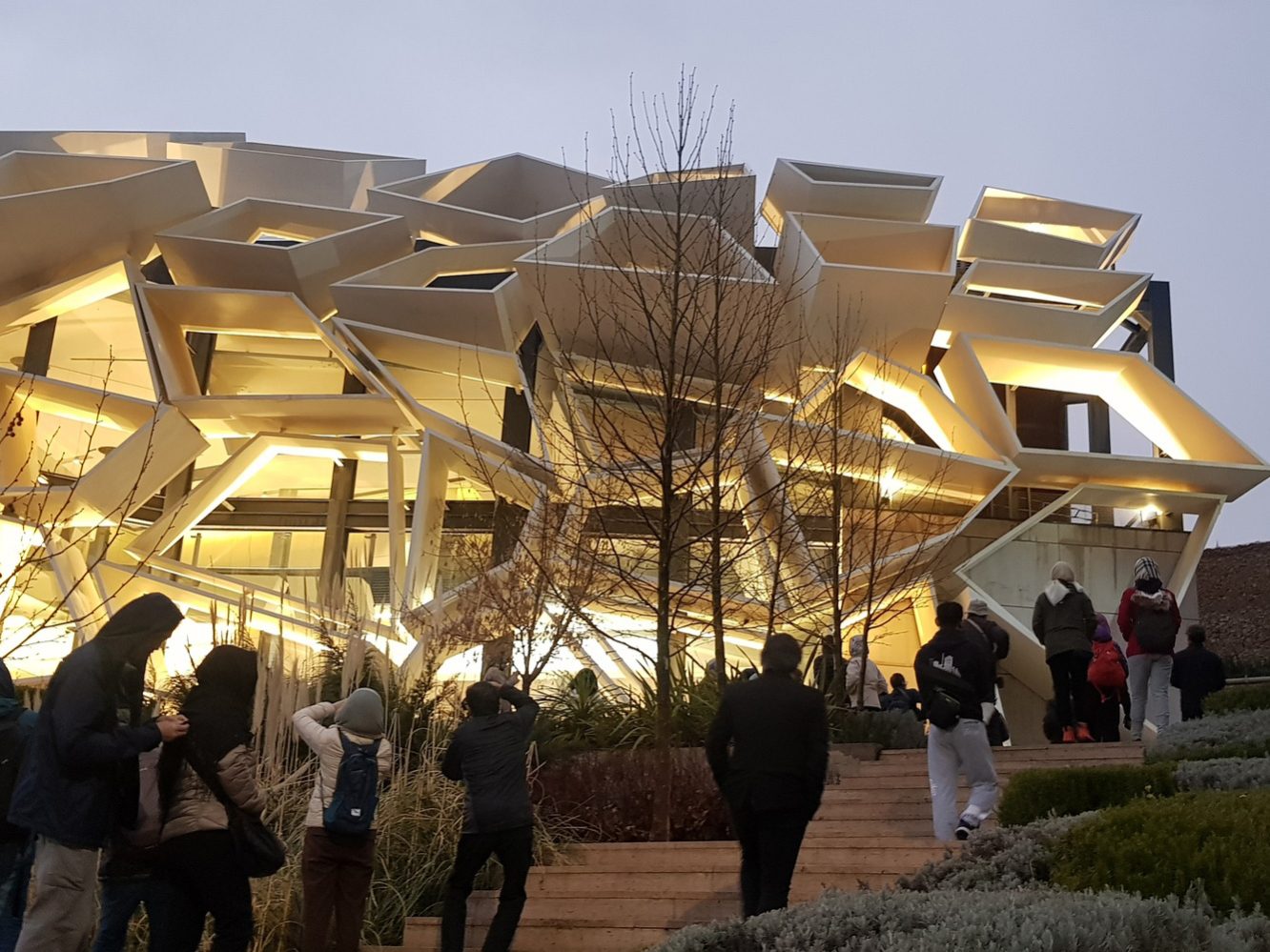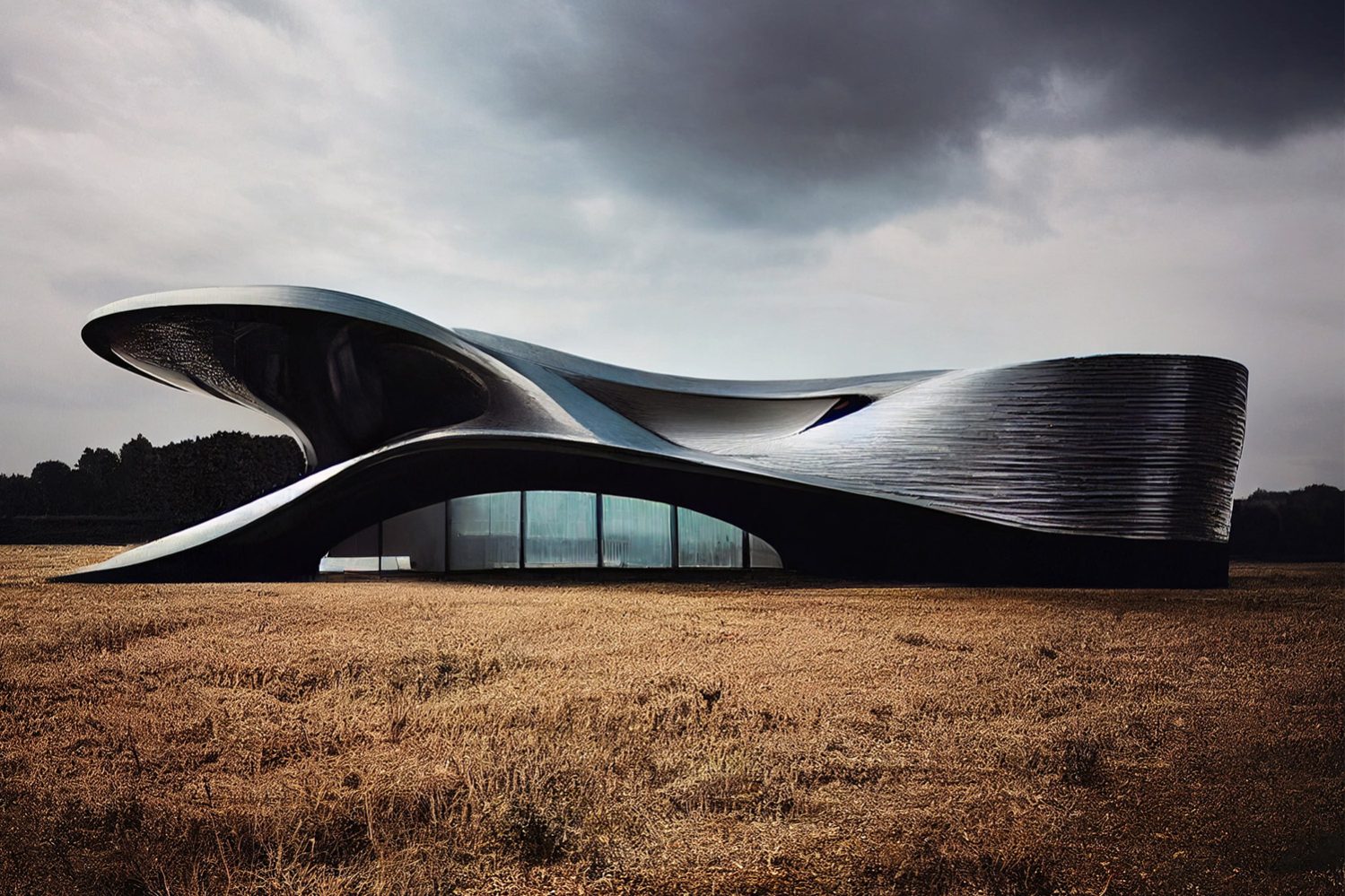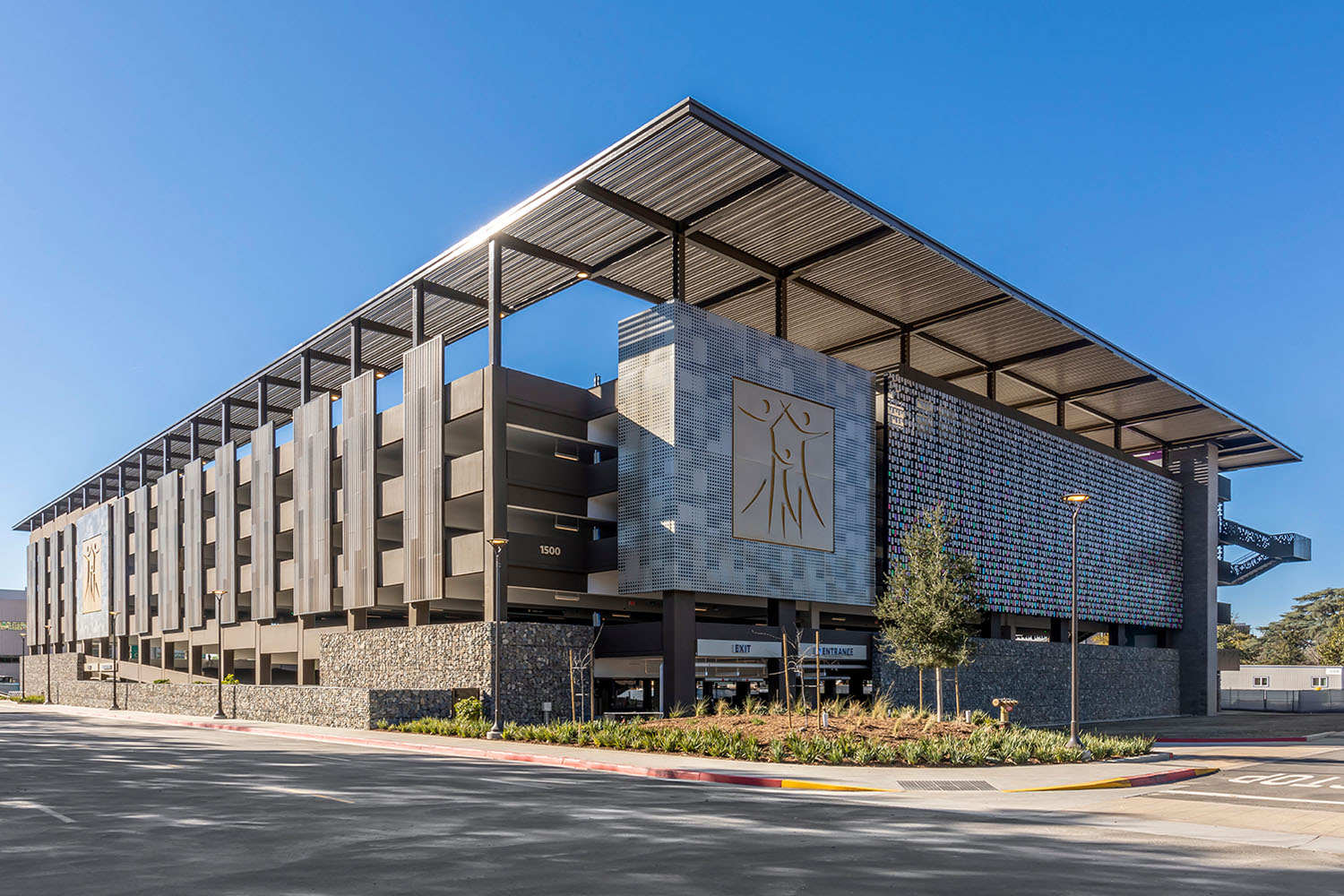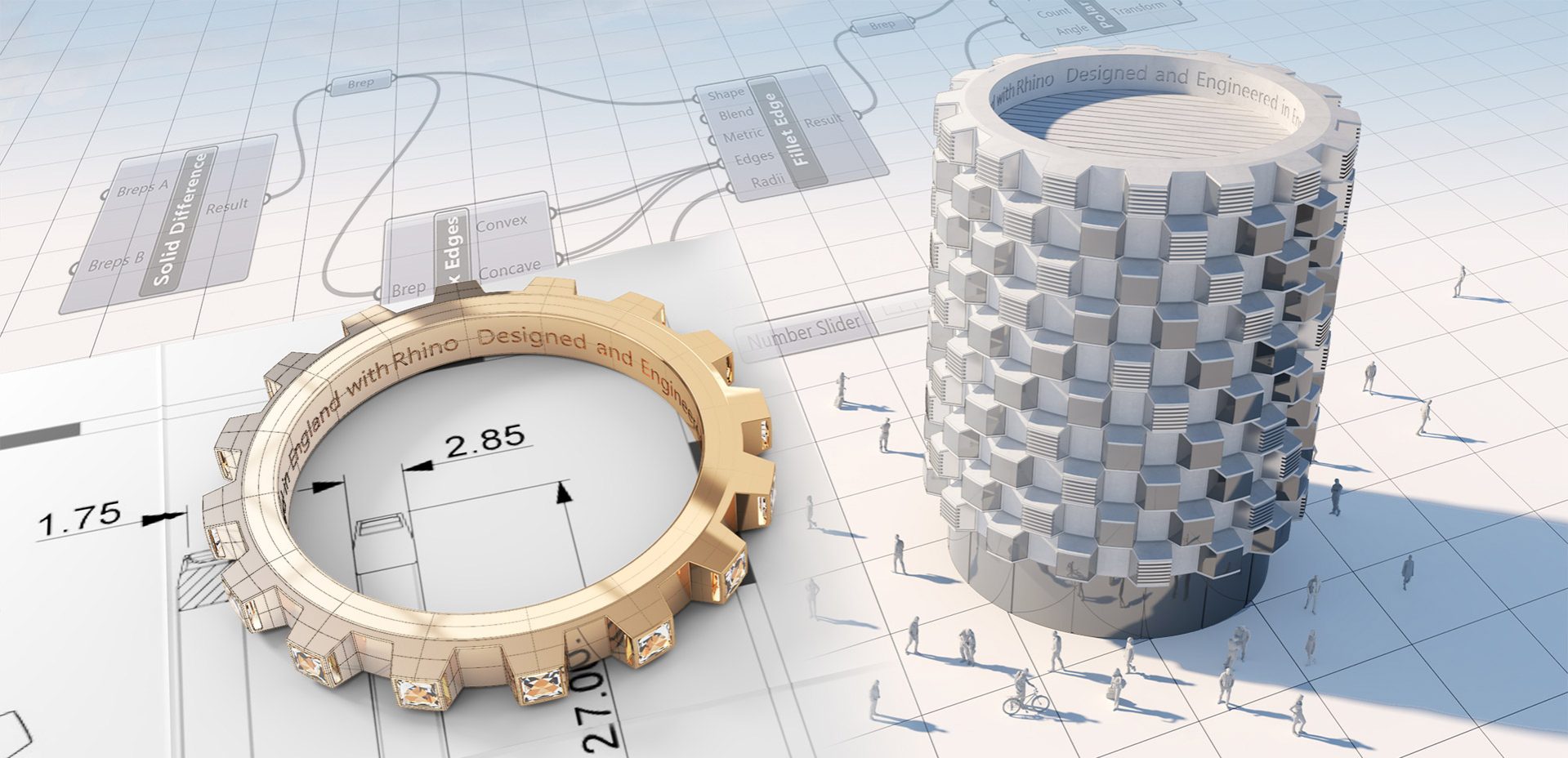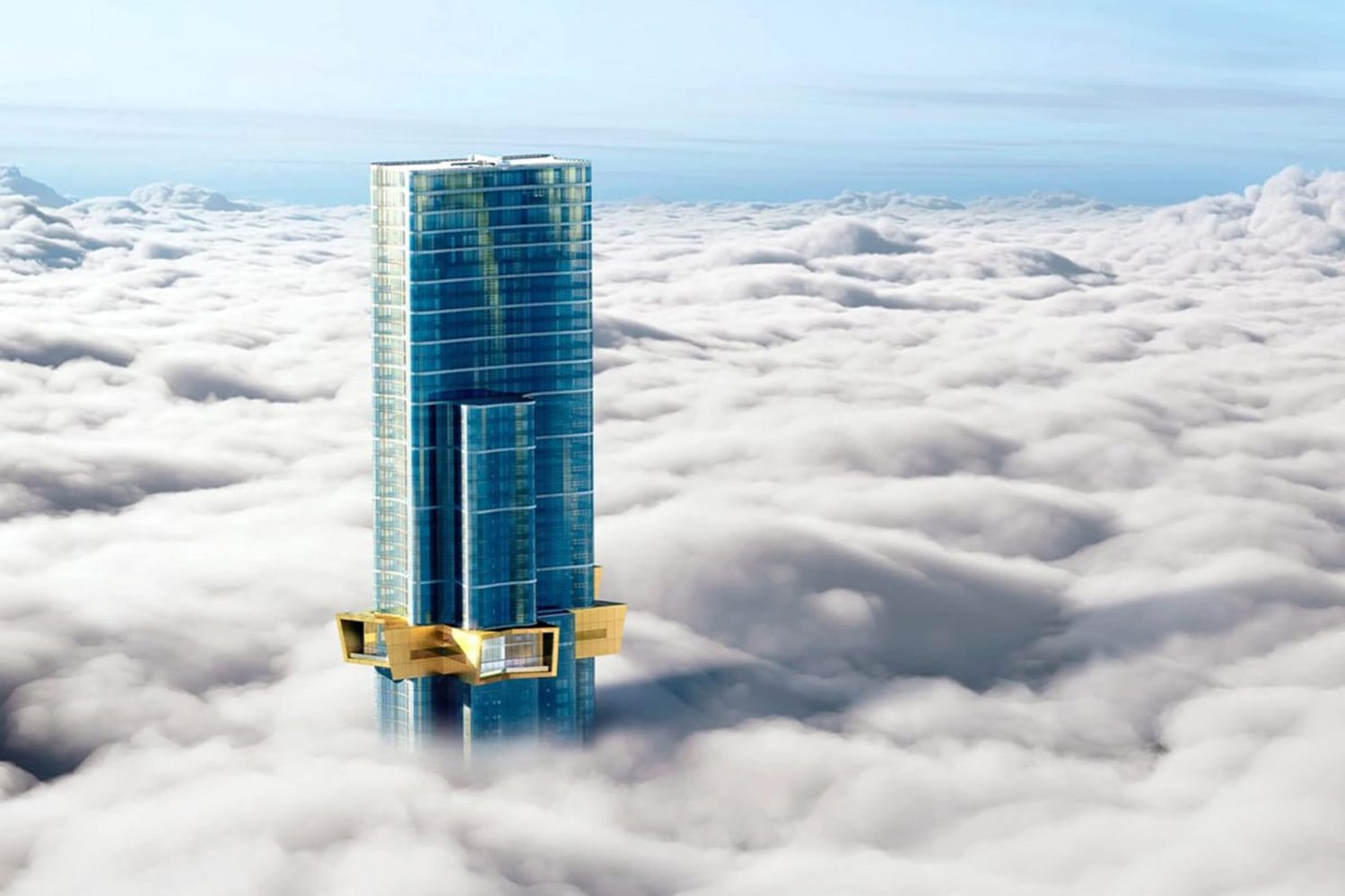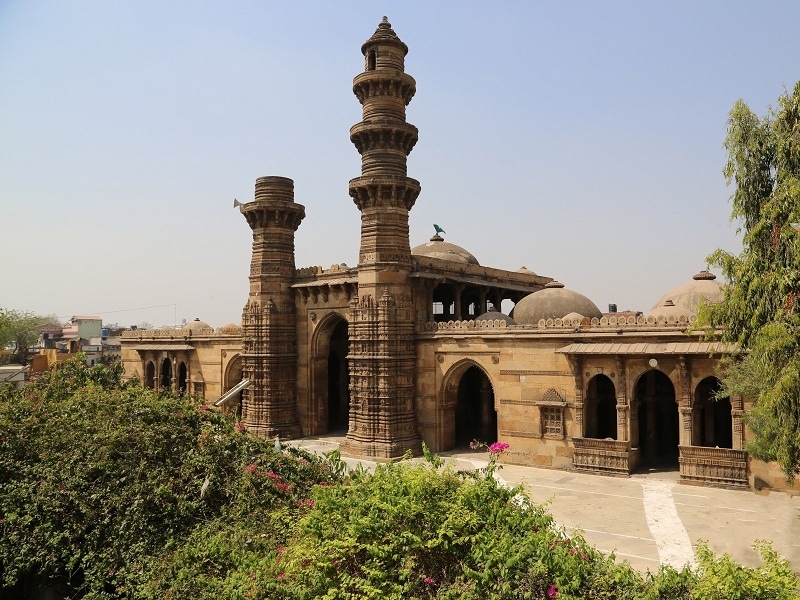
India is a country known for its rich Architecture, reflecting the deeply embedded culture, heritage, context, and history of the region and the country. Architecture in India consists of various historically rich structures and modern designed buildings. Ahmedabad is the largest city in Gujarat, recognized as the World Heritage City in India and awarded by UNESCO in 2017. The city is now one of the first cities in India to be recognized as a heritage city among other cities across the world, like Paris. The city is also called the city of modern architecture, which was re-created post-Indian independence through the capable hands of renowned architects and planners (Le Corbusier, Balkrishna Doshi, Louis I Kahn, etc.).
Ahmedabad is one such city located in Western India, considered the destination for discovering the heritage, culture, history, and modern architecture. It is one such city that is steeped in the grandeur of the heritage and culture that seamlessly integrates with the city’s architecture. The city’s architecture is a unique blend of traditional and modern architecture, highlighting the culture, history, and traditions of the city. The city is recognized and acknowledged for its old and new architecture union. The historic architecture fused with culture with contrasting modern architecture awes the person stepping foot into the city.
Historical Background of Ahmedabad
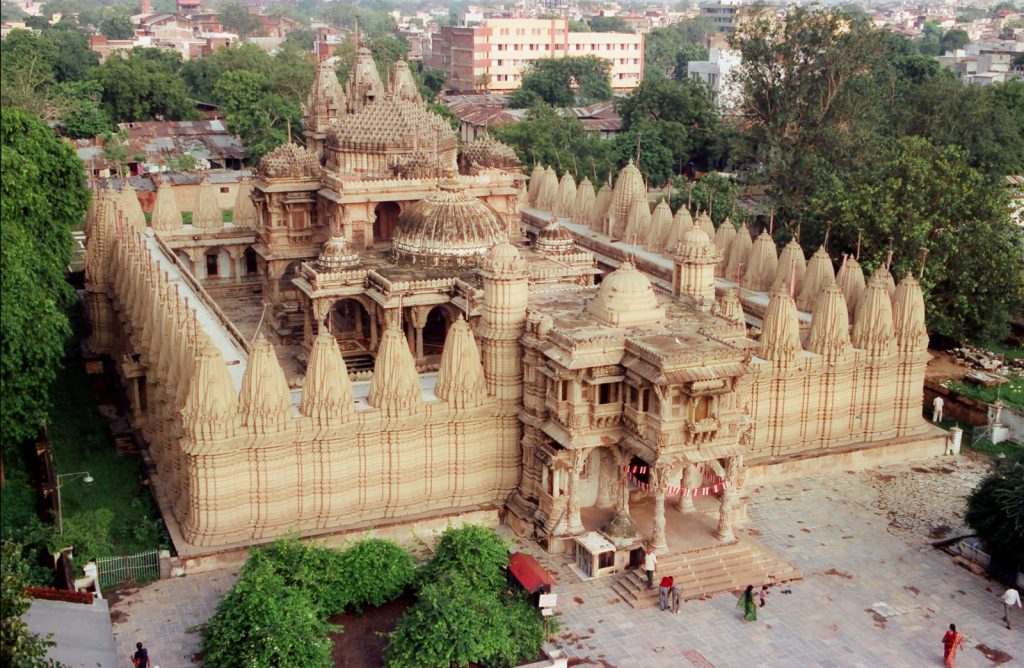
The walled city of Ahmedabad sits on the banks of the Sabarmati River and has over 600 years of rich historical background. It was established as the capital of Gujarat Sultanate in 1411 AD by Sultan Ahmed Shah. Ahmedabad was known as “Ashaval,” a small settlement along the banks of the Sabarmati River. Ahmedabad was known as a city with rich culture and history and was recognized as an important commercial and political zone for several centuries. It is popularly referred to as the Manchester of the East with a historical significance with various rulers reigning across various dynasties. The city is home to various marvelous mosques and tombs, and in later times, it was home to beautiful Jain and Hindu temples.
The city is home to diverse and rich historical architecture with multicultural influences on architecture such as Islamic, Hindu, Jain, Buddhist, Christian, etc. Ahmedabad city has a majority of Hindu, Muslim, and Jainism cultures, which predominantly influence the architecture. In the early 15th century, under the ruler Ahmed Shah, Indo-Saracenic architecture was developed by builders integrating Hindu craftsmanship and Persian Architecture. In later times, Islamic architecture became one of the most prominent architectural styles developed in Ahmedabad. The city is a testimony to the marvelous architecture brought up during different time periods, such as the Sultanate, Mughal, Maratha, Dutch, and British times.
Modern Architecture of Ahmedabad
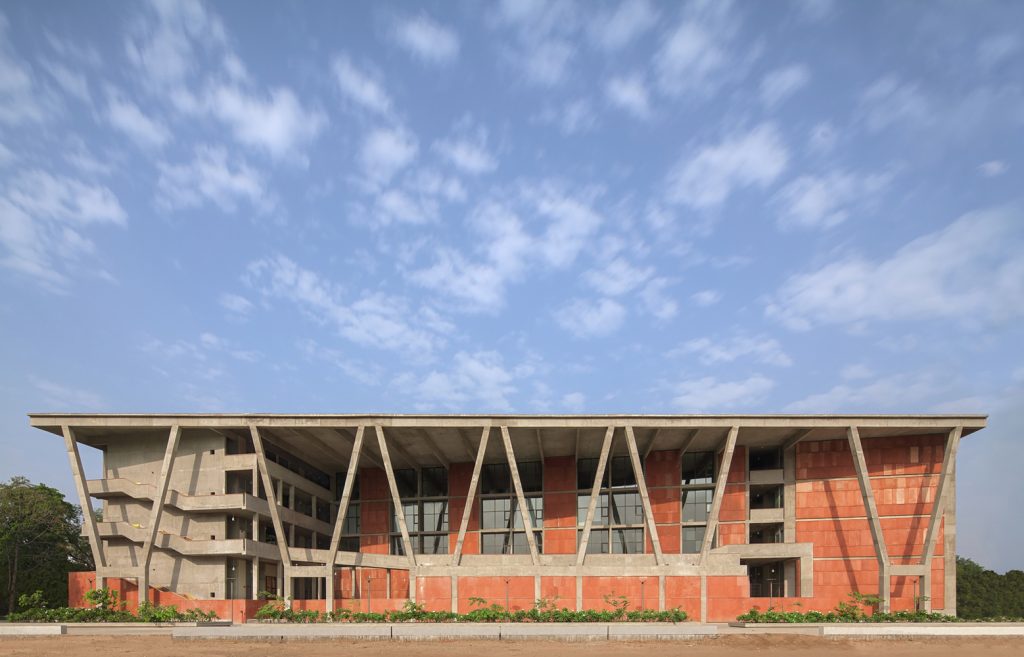
Ahmedabad experienced a contrasting evolution in architecture after Indian Independence in 1947, resulting in a Modern form of Architecture. It transformed into a city with marvelous architecture that is rooted in the history and culture of Ahmedabad. The modernity in architecture was brought about to the city by prominent architects from India and all over the world such as B V Doshi, Le Corbusier, Louis I Kahn, Charles Correa, Achyut Kanvinde, etc. The Modern architecture of the city of Ahmedabad cannot be unsaid without mentioning the world-renowned architect B.V Doshi, known widely for creating remarkable Modern Architecture in Ahmedabad. “These renowned architects have transformed the city of Ahmedabad into a newer 2.0 version.
Modern Architecture was introduced and developed due to several factors and movements. One such reason due to the emergence of Ahmedabad as an industrial trade center developed the need to evolve architecture showcasing modern establishments. The Modern Architectural style is a result of Architecture that showcases modernity while still rooted in the traditions, history, and culture of the city. Blending modern architecture with the old Indian traditions widely, the architecture typology evolved post-Indian Independence. Modern design structures integrated a rustic feel brought about by the material and traditional in-cooperated architecture.
Listed below are 8 historic and modern architecture to see in the city of Ahmedabad;
1. Shaking Minarets (Jhulta Minar) of Sidi Bashir Mosque
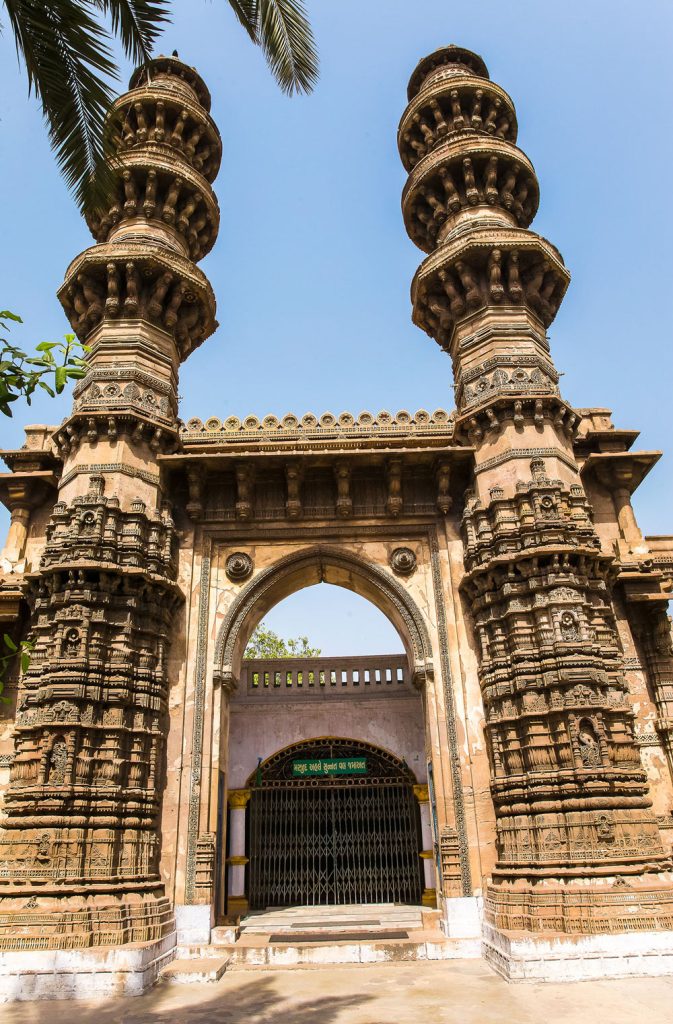
Construction year: 1452
Architecture style: Islamic Architecture
The Shaking Minarets, referred to as the Jhulta Minar, located in Ahmedabad, is one of the magnificent and tallest towers in the city. The minarets are a part of the former Sidi Bashir Mosque of Ahmedabad, of which the two minarets and the central gateway were the surviving elements of the mosque post the war. According to some sources, the minarets are believed to have been built by Sidi Bashir (Slave of the Sultan Ahmed Shah) or Malik Sarang (Noble in court). The minarets are an architectural brilliance with unique intriguing features that have astonished various architects, designers, and everyone visiting the structure. The two tall minarets standing on either side of the gateway managed to survive the war in 1753 (During the Mughals and Marathas wars).
The intriguing vibration mechanism of the two minarets makes the structure a unique architectural marvel. The three-story tall stone minaret with carved balconies consists of a usable internal staircase. The unique feature of the minaret is if one of the minarets is shaken the other one accordingly vibrates instantly. They are 34 metres high minarets composed of heavy sandstone material intricately designed and uplifted. The structure is a unique fusion of Gothic Muslim and Rajputana architectural styles. The layered construction technique seems to be the reason for minarets shaking its unique feature discovered in the 19th century (Monier M Williams – English Scholar).
2. Indian Institute of Management (IIM)
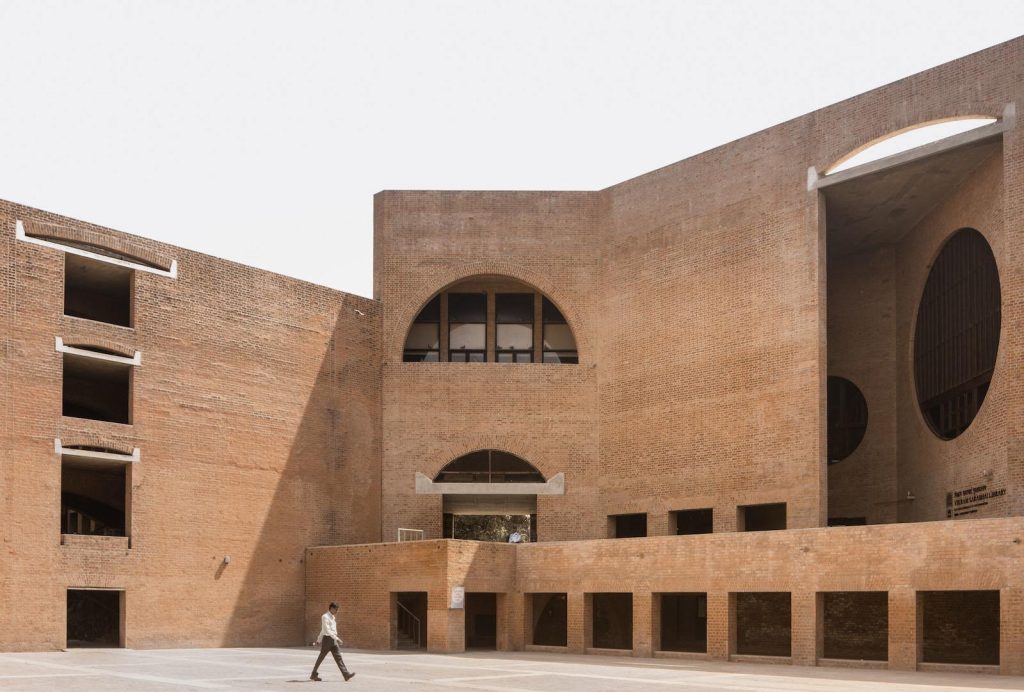
Construction year: 1974
Architect: Louis I Kahn
Architecture style: Modern Architecture
Indian Institute of Management is an iconic institution designed by Louis Kahn, is a mélange of Modern Architecture and Indian traditions in design. The architect was approached by the world-renowned Indian architect B.V Doshi to design 60 acres of the institute. The architect had envisioned the architecture to be a modern and new school through modern architecture staying rooted to the vernacular style of India. The striking brick façade architectural masterpiece consists of academic blocks, a library, faculty offices, dormitories, auditoriums, plazas, sports, and recreation spaces. The old IIM campus was designed by Louis I Kahn with renowned architects B V Doshi and Anant Raje.
The architect has efficiently incorporated Indian vernacular architecture and its elements in modern architecture. The architect accurately blends modernity and tradition through local material utilization such as brick and concrete, creating a striking contrast to the design grandeur. The timelessness of India is captured through the architecture through a modern and vernacular balance. The design focuses on layouts and planning and also on incorporating informal interaction spaces for users on campus. The grandeur scale structure of the school utilizes arches and geometric forms and the structure also acts as a filter for ventilation and sunlight.
3. Adalaj Stepwell
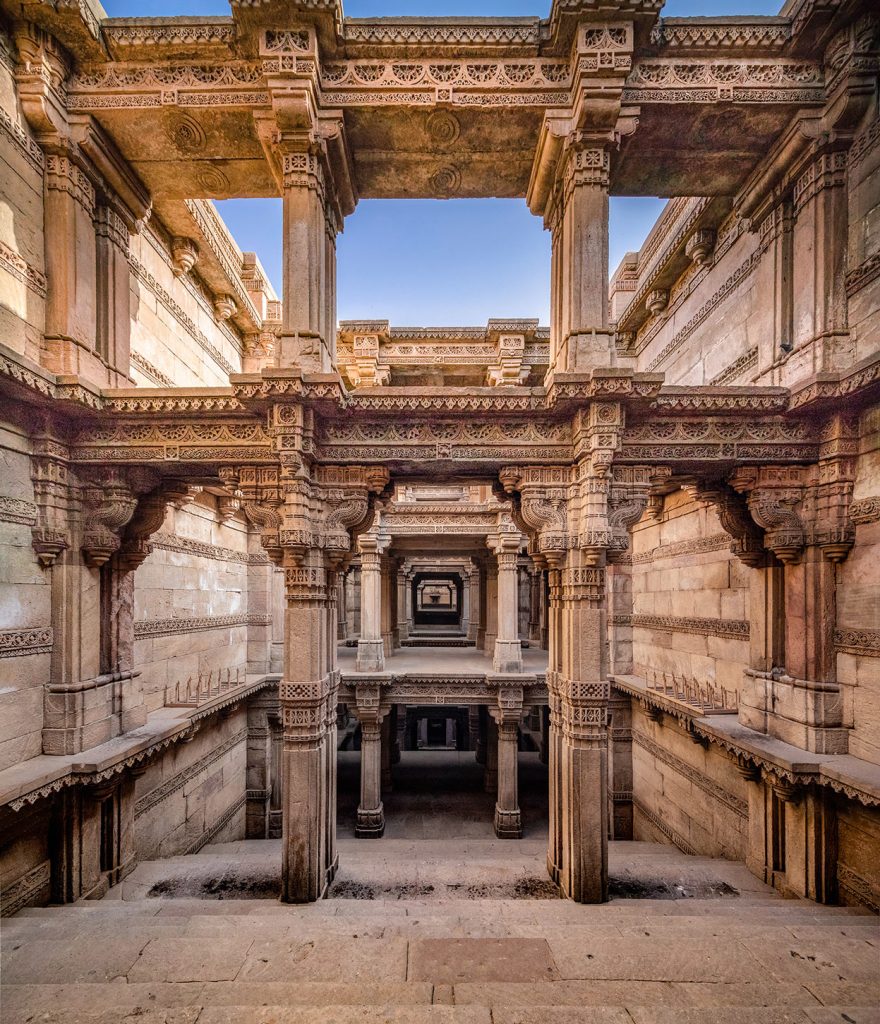
Construction year: 1499
Architecture style: Solanki Architecture
The Adalaj Stepwell is an iconic stepped well showcasing India’s finest craftsmanship and architecture of the era. It is in the town of Adalaj which is situated on the outskirts of Ahmedabad city. The chieftain started the construction of the stepwell Rana Veer Singh (Vaghela dynasty) and later completed by Mahmud Bagad (Mughal Emperor). The stepwell was primarily built to provide the people with water for drinking, washing, bathing, gatherings, etc. The stepwell was built in dedication and memory of Rani Rudabai, the famous queen of the ‘Dandai Desh,’ it is also referred to as Rudabai Stepwell/Rudabai ni Vav.
The five-level stepwell has been intricately carved out of sandstone with every wall of the structure representing Gujarat’s rich culture and heritage. The stepwell is an architectural masterpiece that seamlessly incorporates Hindu and Islamic architectural styles. The entire structure of the stepwell has been intricately adorned with beautiful carvings and motifs on sandstone depicting deities, mythological creatures, etc. The architecture of the stepwell consists of an octagonal-shaped roof form sitting on 16 pillars that helps reduce sunlight penetrating, the interiors are 6 degrees cooler, hence creating an oasis from the harsh weather conditions.
4. Ahmedabad Textile Mill Owners Association House (ATMA House)
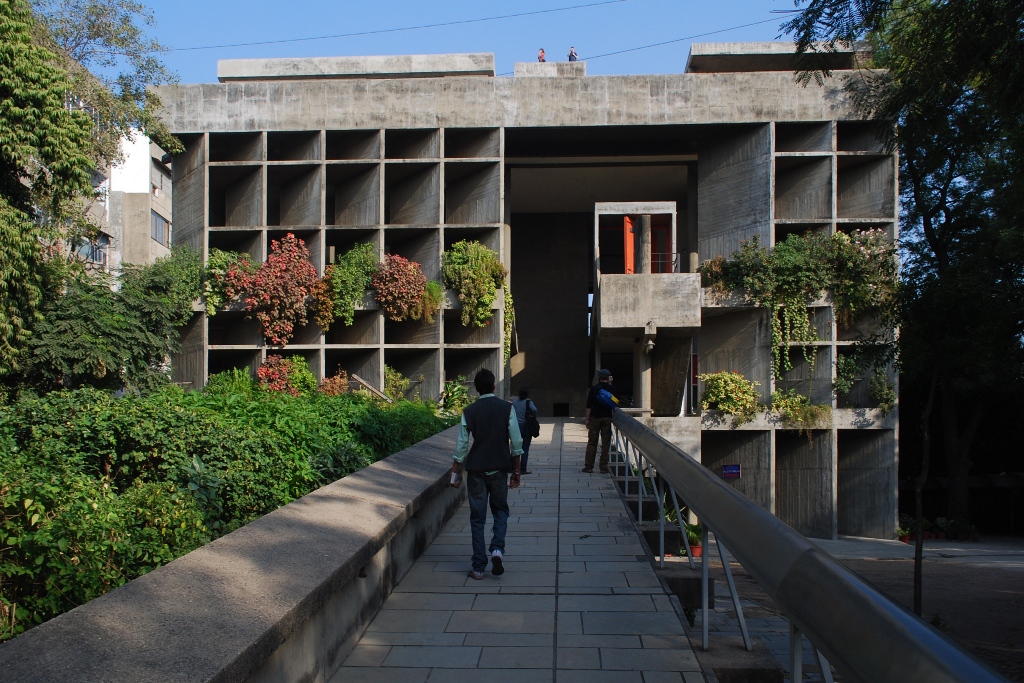
Construction year: 1954
Architect: Le Corbusier
Architecture style: Modern Architecture
The Mill Owners Association Building, also referred to as the ATMA House is Ahmedabad’s first Modern Building designed by one of the renowned architects Le Corbusier. The architect was known as one of the pioneers who helped build and develop a new modern Ahmedabad. He designs and creates architecture that is climate and context-responsive with the integration of architectural elements. The Mill Owners Association was created to represent the textile association’s success and status. The concept and architecture of the Mill Owners Association was inspired by Villa Cook; one of his previous works also gaining inspiration from Vernacular Architecture.
Inspired by India’s Vernacular architecture, the architect has created designs and integrated climatic responsive architecture elements such as sun shades (Brises-soliel), shade screens, overhanging ledges, etc. The Mill Owners Association Building has characterized and integrated the elements of Le Corbusier’s five points of Architecture. The five points of architecture utilized in the design are mentioned as follows; Raised structure, Open floor plan, Free façade, Rooftop Garden, and Horizontal windows. Shading and Circulation are the primary design aims to be created through design and integrated through the architecture. The iconic exposed concrete façade has minimal north and south façades, the west façade is integrated with Brises-Soliel, and greenery spills out of the west and east façades.
5. Jama Masjid
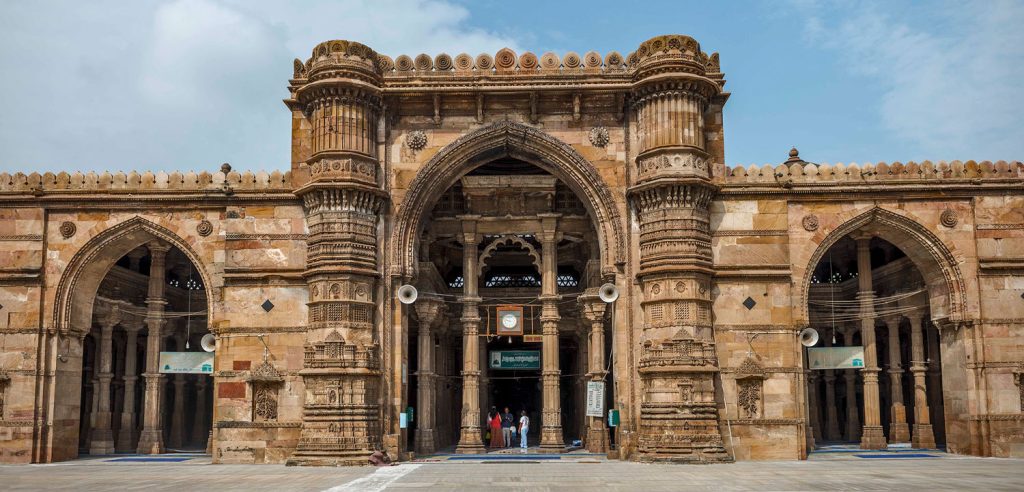
Construction year: 1424
Architecture style: Indo-Islamic Architecture
Jama Masjid is an architectural masterpiece built during the reign of Sultan Ahmed Shah I in the year 1424. The mosque displays architecture that has been intricately designed and fused with Islamic, Hindu, and Jain architectural elements and influence. The mosques and tombs during that period in Gujarat displayed structures that had Hindu temple architectural elements and layouts in design. The mosque is an iconic example and representation of the Gujarat-style Architecture. The glimmering yellow color sandstone has been utilized in the construction of the mosque which is intricately designed. The three-storied mosque is unique in comparison to other mosques with the insertion of the bay of pillars.
The Large central archway has been flanked on either side by intricately decorated minarets, of which only the base of the minarets remained intact post-war. The mosque, colonnaded on three sides, consists of a central large paved courtyard whose walls are adorned with Arabic calligraphy. The unique feature seen in the mosque design is the integration of two facades in the architecture: the outer arch screen and the inner pillared portico. Smaller arches on either side of the exterior façade have flanked the central arch entryway with the view of the interior colonnade portfolio. The upper level of the mosque consists of balconies with the roof flanked by 15 domes carved like lotus flowers inspired by Hindu architectural designs.
6. Amdavad ni Gufa
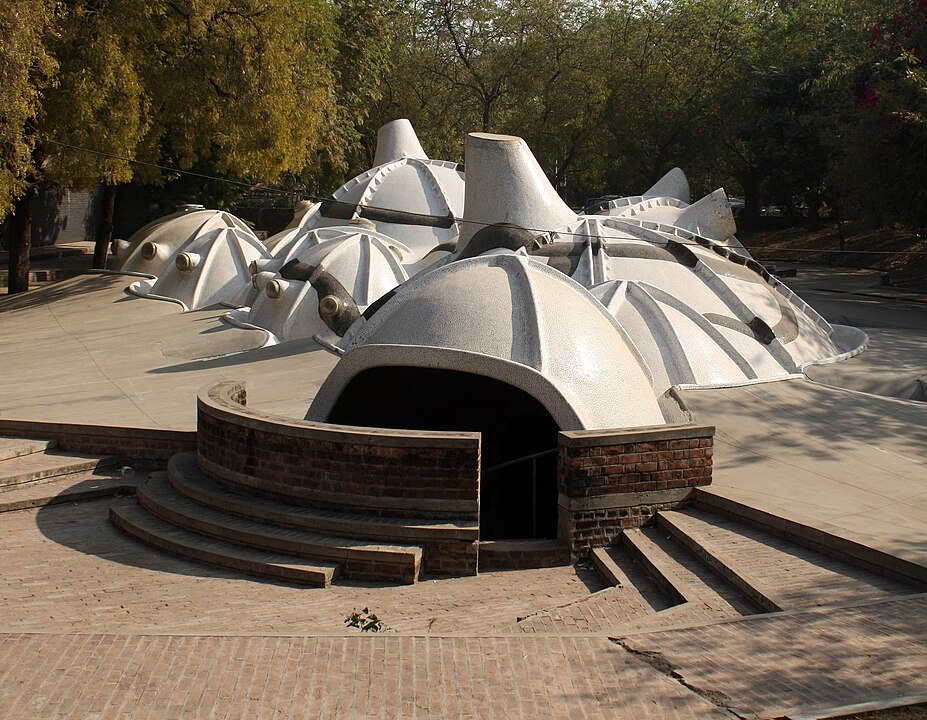
Construction year: 1995
Architect: B V Doshi
Architecture style: Modern Architecture
The Amdavad ni Gufa, earlier known as Husain-Doshi ni Gufa, is an underground art gallery that was designed by the pioneer architect B V Doshi. The art gallery was dedicated to showcasing the works of the well-renowned late master artist Maqbool Fida Hussian. The architecture and design of the art gallery resemble an organic cave structure that is heavily inspired by the caves of Ajanta and Ellora in India. The architect has designed a modern design structure, creating a unique mélange of architecture and art. The collaboration between an architect and an artist has created a unique, intriguing structure.
The iconic interconnected dome structure is composed of ferro cement, and the face has been entirely covered with China mosaics. The mosaic tile utilized for the façade has a climate-responsive feature; it helps create a reflecting surface for sunlight to keep the interiors cooler. The curved form of the interiors is one through which the architect has utilized the curved walls as a canvas for the master artist’s works. The cave-like organic interior design and planning help create an intriguing experience for the visitors. The interiors consist of irregularly shaped structural supports with no rigid form. The focused and dimly focused lit interiors through the skylights create a mystery-like aesthetic experience.
7. Sidi Saiyyed Mosque
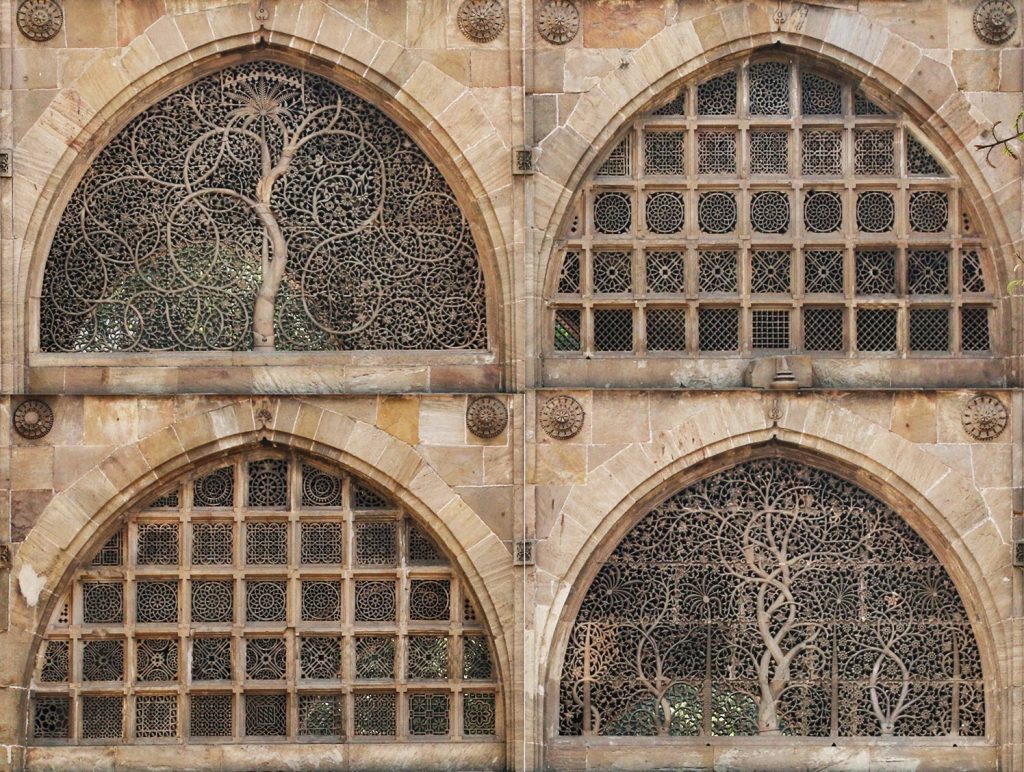
Construction year: 1573
Architecture style: Indo-Saracenic Architecture
The Sidi Sayed Mosque built by Sidi Sayed (Habshi nobleman) in 1573 is one of the most prominent mosques located in Ahmedabad. It is situated in the heart of Ahmedabad city and is one of the iconic mosque architectures recognized for its beautiful intricate stone latticework and ornamentation. It is one of the architectural landmarks that also showcases African architectural influence. It was built during the last year of the Sultanate rule in Gujarat. The aesthetic façade detail that showcases the craftsmanship during the era is the intricate Jali window work depicting the tree of life. The Jali screen windows integrated into the design are a prominent example of Indo-Saracenic architectural style.
The mosque is popularly admired for its skilled craftsmanship showcasing 10 intricately carved stone lattice works of windows. The construction of this architectural masterpiece required around 45 skilled craftsmen to work on the mosque. The entire architecture of the mosque consists of an arcuate construction style, including arches, vaults, domes, etc. The entire structure was built out of yellow sandstone that amplifies the aesthetic and intricate Jali works. The Sidi Sayed Jalis intricately carved stone latticework is considered the unofficial symbol of Ahmedabad city. The rear wall of the mosque has been covered with square pierced panels in geometric designs. The interiors of the mosque consist of a central aisle flanked by bays on either side consisting of stone slabs with trees and palm motif intricate latticework.
8. Sanskar Kendra
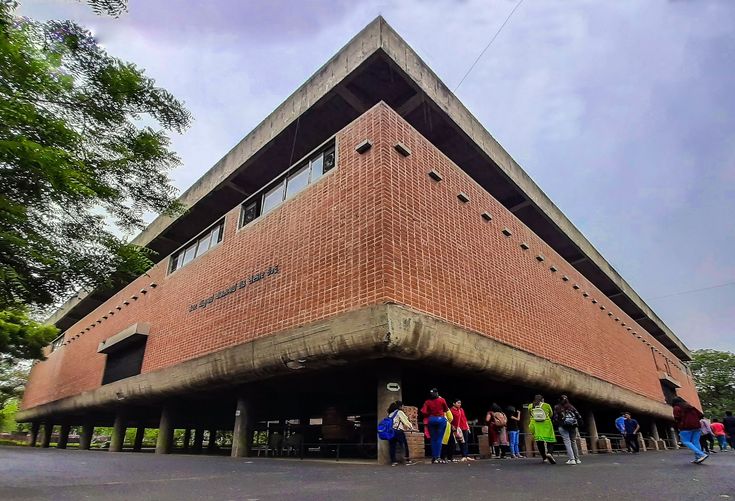
Construction year: 1954
Architect: Le Corbusier
Architecture style: Modern Architecture
The Sanskar Kendra is a museum dedicated to the art, culture, architecture, and history of the city designed by the Swiss-French architect Le Corbusier. The Sanskar Kendra City Museum was originally designed to be a part of Ahmedabad’s Cultural Center complex; eventually, only the museum was constructed. The iconic museum is a window to explore the vast history of Ahmedabad city through modern architecture. The museum consists of unique collections of documents, scripts, medieval coins, and historic articles, that showcase the diversity of Ahmedabad city. In the rustic concrete structure raised on pillars the architect utilizes his five points of architecture in creating iconic architecture.
The entire structure raised on pillars creates an open plan entry into the museum leading to ramps reaching several levels of the museum. The structure is the architect’s iconic architectural expression utilizing rustic exposed concrete and red brick facades with vernacular inspiration. The central zone of the museum consists of an open courtyard with a sunken water pool with open sky ramps leading to the gallery spaces of the museum. The architect provides a comfortable experience under the extreme weather conditions of Gujarat, in the museum design the architect has incorporated eater features and ventilation aspects. The entire structure was designed to protect against the harsh climate, the roof consists of 45 water retention basins with plants growing as an insulation layer


